NASA's 1,728 km/h X-59 hypersonic aircraft is preparing for its first test flight.
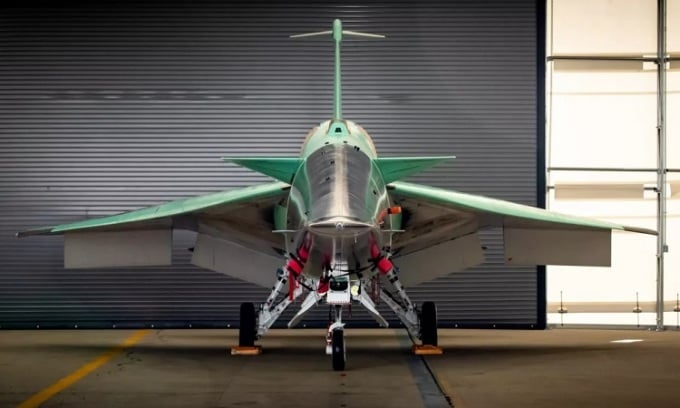
The X-59 aircraft sits near the runway at Lockheed Martin's test facility. Photo: NASA
In a new image shared by NASA on July 5, the X-59 hypersonic aircraft sits on a flight line between a hangar and a runway at Lockheed Martin’s Skunk Works facility in Palmdale, California. The aircraft was moved from its manufacturing site to the flight line in mid-June.
This milestone will kick off a series of ground tests to ensure the X-59 is safe and ready to fly on NASA's Quest mission, which aims to demonstrate that the aircraft can fly faster than the speed of sound (Mach 1, or 775 mph) without emitting the sonic boom typically associated with hypersonic aircraft.
NASA will fly the X-59 over several residential areas to collect data on human reactions to the sounds generated by supersonic flight. NASA will provide the data to U.S. and international regulators to pave the way for commercial supersonic flights over land.
The X-59 is expected to make only a slight noise, similar to the sound of a car door closing, to people on the ground. Previous generations of supersonic aircraft have often shattered windows while flying at the speed of sound. So the X-59 could help establish new regulations based on sound levels, paving the way for faster air travel for cargo and passengers.
The aircraft will remain parked near the runway during its first ground and flight tests, conducted by Lockheed Martin. The 100-foot-long, 30-foot-wide X-59 is powered by a turbofan engine manufactured by General Electric Aviation, a subsidiary of General Electric. The vehicle can reach speeds of 1,070 mph and fly at altitudes of 55,000 feet.
If all goes according to plan, the X-59 will fly over select US cities starting in 2024. Residents will be able to share their reactions to the sounds the X-59 makes. The data collected from the flight will then be turned over to lawmakers in 2027, when the Quest mission ends.
An Khang (According to Space )
Source link


![[Photo] Looking back at the impressive moments of the Vietnamese rescue team in Myanmar](https://vstatic.vietnam.vn/vietnam/resource/IMAGE/2025/4/11/5623ca902a934e19b604c718265249d0)




![[Photo] "Beauties" participate in the parade rehearsal at Bien Hoa airport](https://vstatic.vietnam.vn/vietnam/resource/IMAGE/2025/4/11/155502af3384431e918de0e2e585d13a)
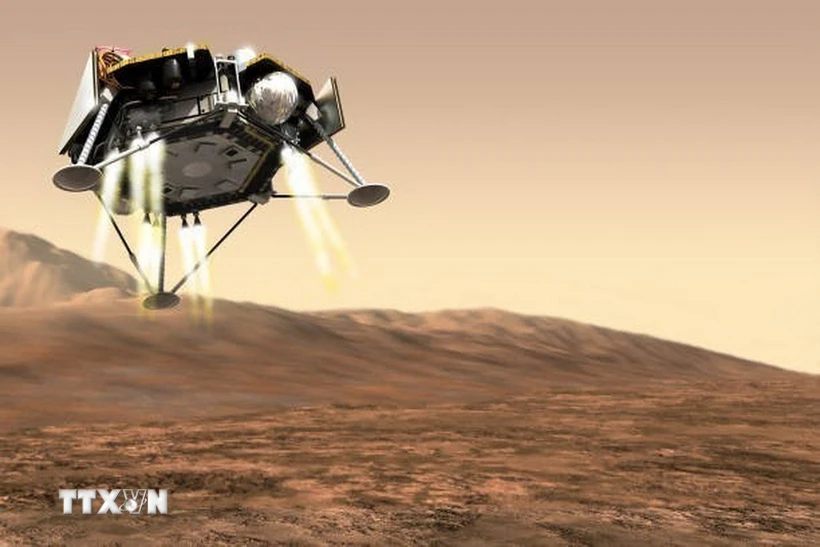



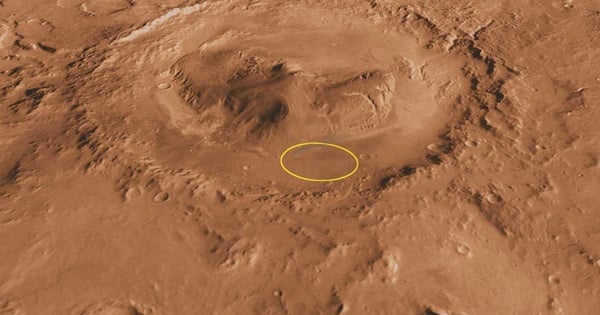

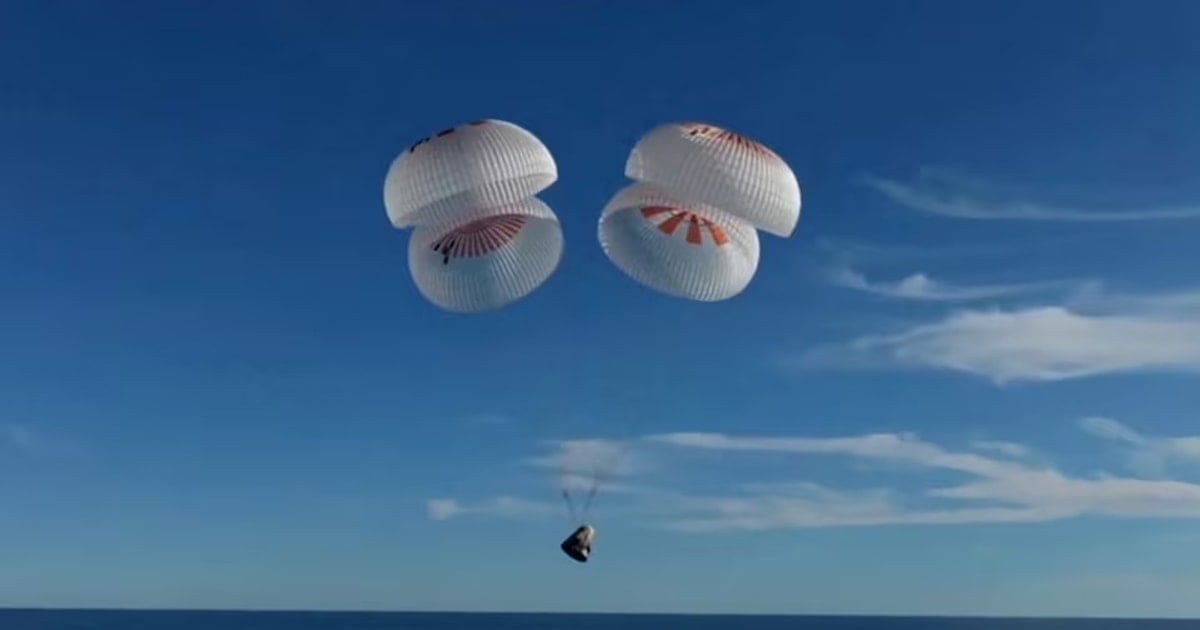

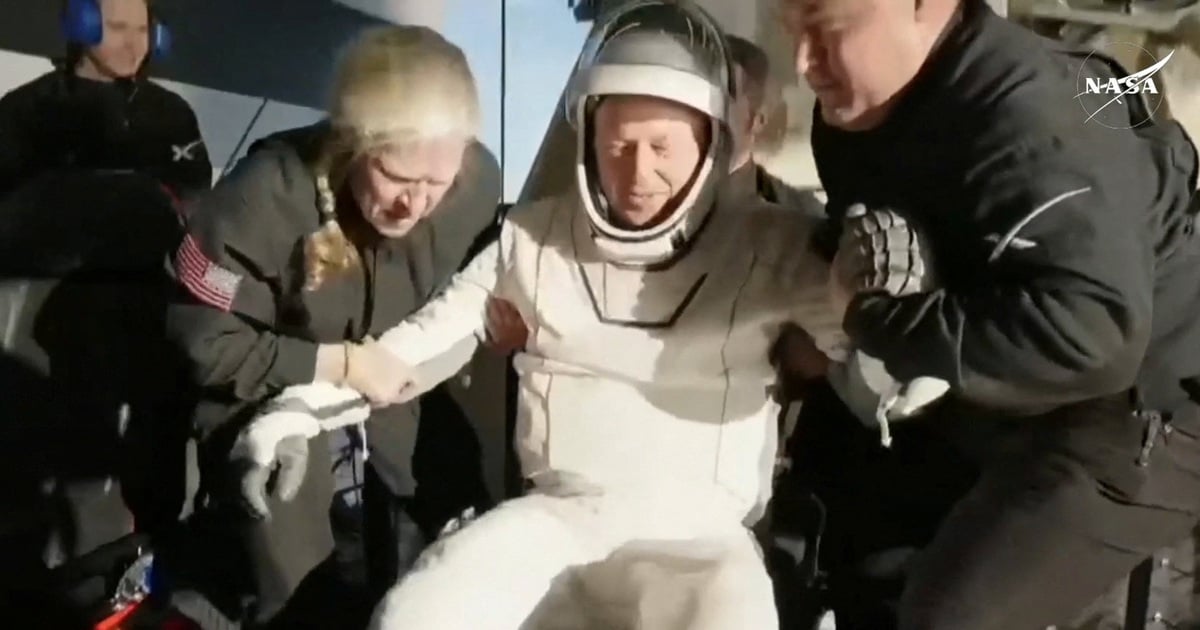



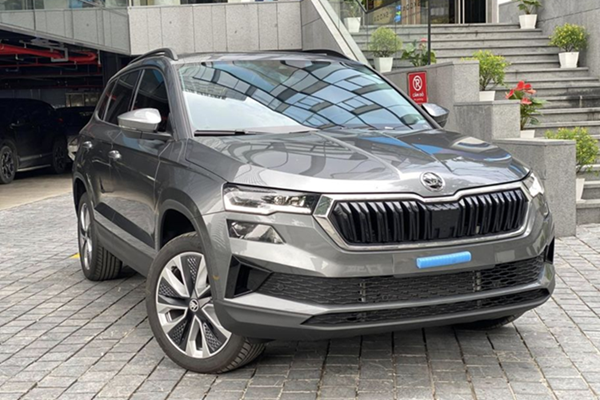
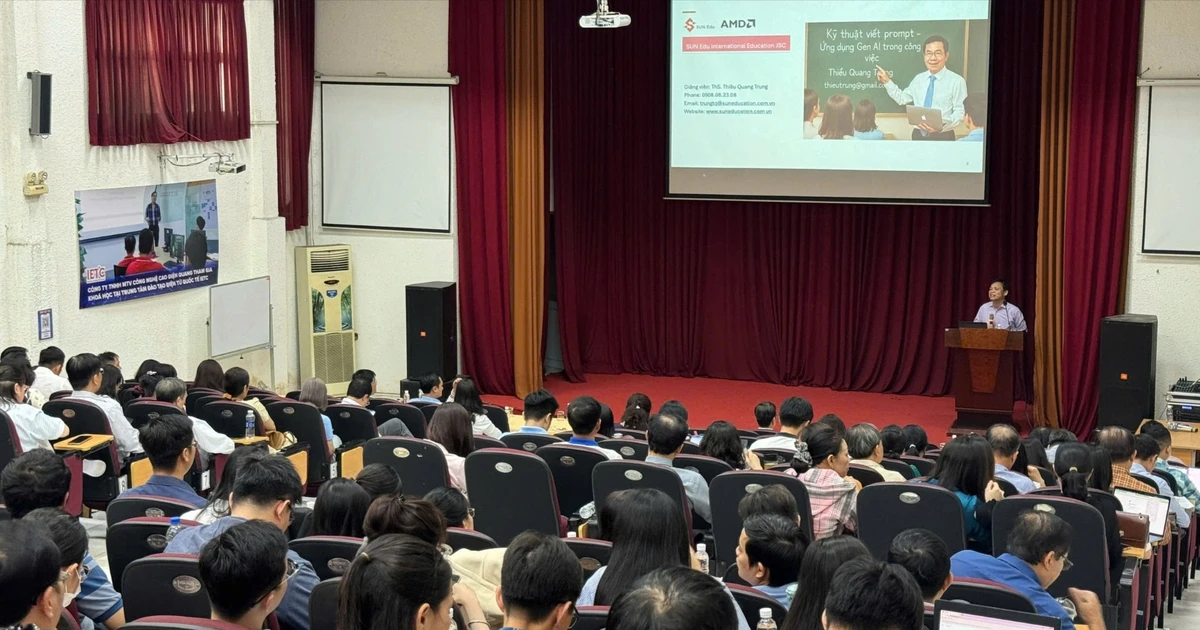


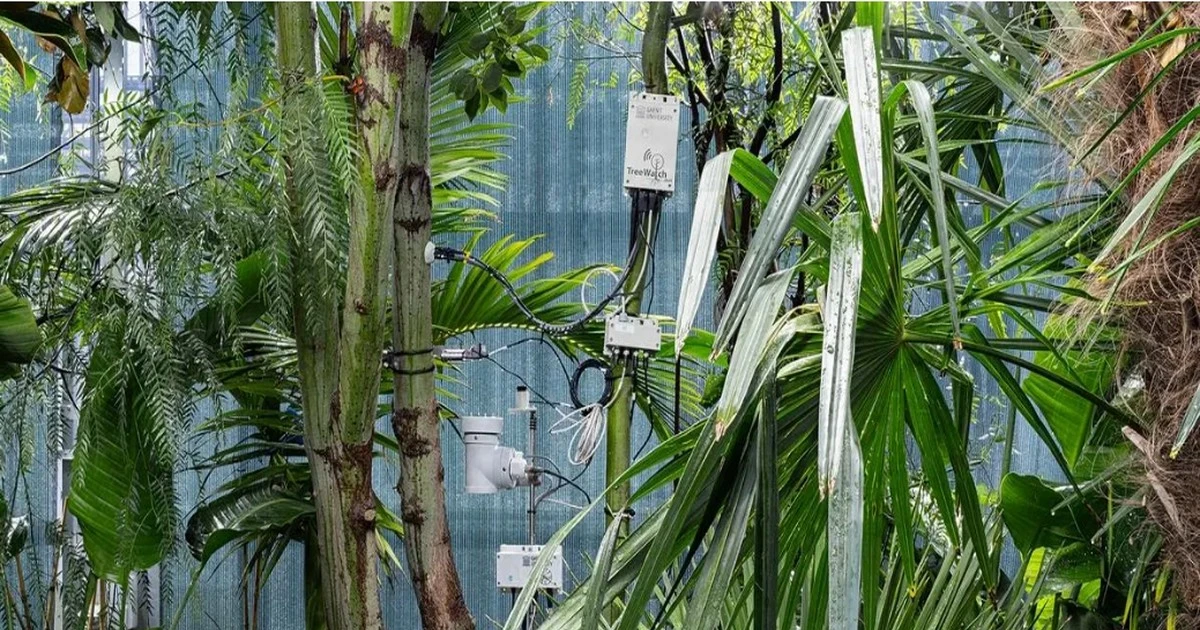








![[Photo] Summary of parade practice in preparation for the April 30th celebration](https://vstatic.vietnam.vn/vietnam/resource/IMAGE/2025/4/11/78cfee0f2cc045b387ff1a4362b5950f)











































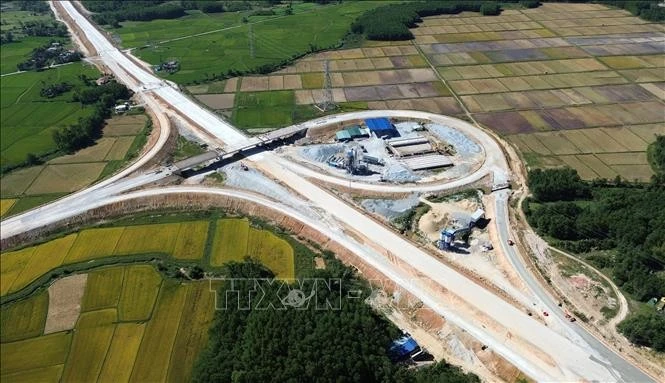

















Comment (0)